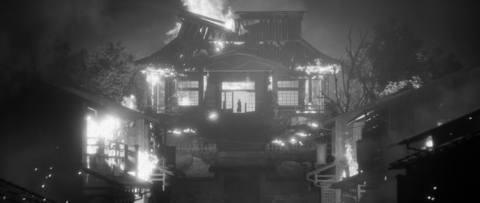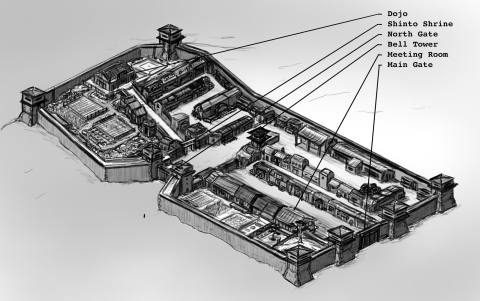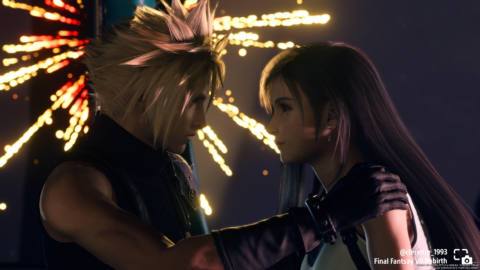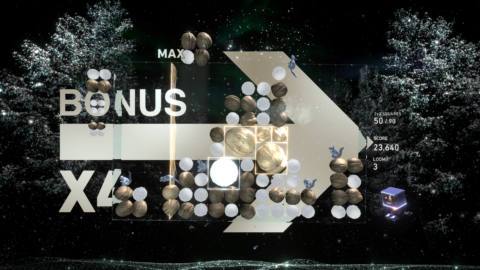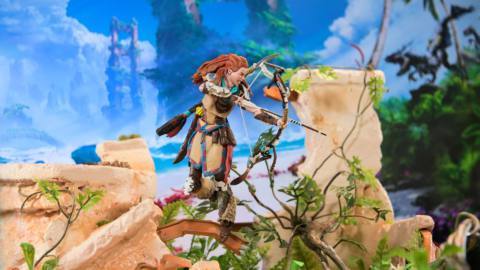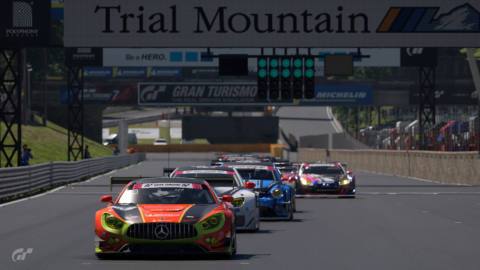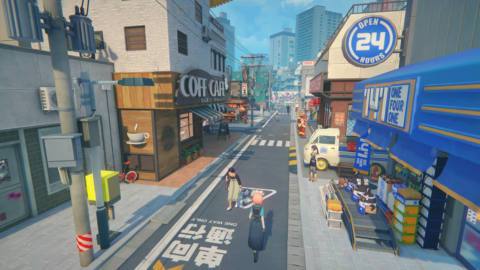Hello to everyone in the PlayStation community, and thanks for your amazing response to Trek to Yomi so far! With the game now complete and ready to be experienced by gamers around the world, I wanted to take a moment to talk about how our distinct cinematic visuals came to be, and the iconic films that inspired them.
Being originally from Italy, I experienced Sergio Leone’s westerns before I had any idea about Akira Kurosawa’s movies. Of course once I knew that those westerns were heavily influenced by Japanese samurai cinema from the 50s and 60s, I had to experience them for myself. That’s how I fell in love with Kurosawa – probably through Seven Samurai, specifically – during my first year at college. The realism and direct, raw, representation of how life used to be, the care for composition, and performances that connect on a human level rather than being culturally-dependent, were all fascinating to me. Of course, after watching Hidden Fortress it was also very clear to me where George Lucas and Steven Spielberg got a lot of inspiration from, and for good reason.
So, how did this discovery end up inspiring a video game all these years later? Initially, the gameplay I had in mind was the main reason I wanted to make Trek to Yomi, but with that aspect eventually taken care of by Flying Wild Hog, my attention turned to the atmosphere and overall visual direction, as well as ensuring that the game was as authentic as possible not only to the cinematic references we were using, but also to the Edo period and Japanese Samurai culture.
Some aspects where detail was key were the rain, the fire, the look that everything had when you see it in black and white. Some of the movies that inspired me to do this were actually not even Japanese. Buster Keaton and movies from the 1920s-1930s were a big inspiration because they’re reminiscent of 2.5D sidescrollers, which made me want to make this game really badly. Orochi had some scenes that made me think “I need to make this happen interactively, that would be insane!”
While there are many iconic scenes in the classic Samurai movies that inspired many of the decisions we made in terms of shot choice, I’m especially proud of the way the main town was built. The Dojo on top of the stairs overseeing the whole main setting, the village inside of the walls, and the outskirts with the fields around the main castle were all things that I wanted to include to give a very good sense of geography while subtly showing how the countryside towns worked at that time. Using that basis we then spent hours composing shots that not only looked cool but influenced the way the player moves through the world, giving them a sense of how the town is before and after the demons burn it to the ground. Each enter and exit point was carefully thought out so that the player would hopefully notice clearly where everything was.
One of my main hopes and purposes of making Trek to Yomi was to inspire people to watch those classic Japanese movies. This whole game is a homage to Akira Kurosawa. I definitely encourage anyone who hasn’t seen those movies to give it a shot. They’re old classics, but I think that most of them are still worth watching even today.

